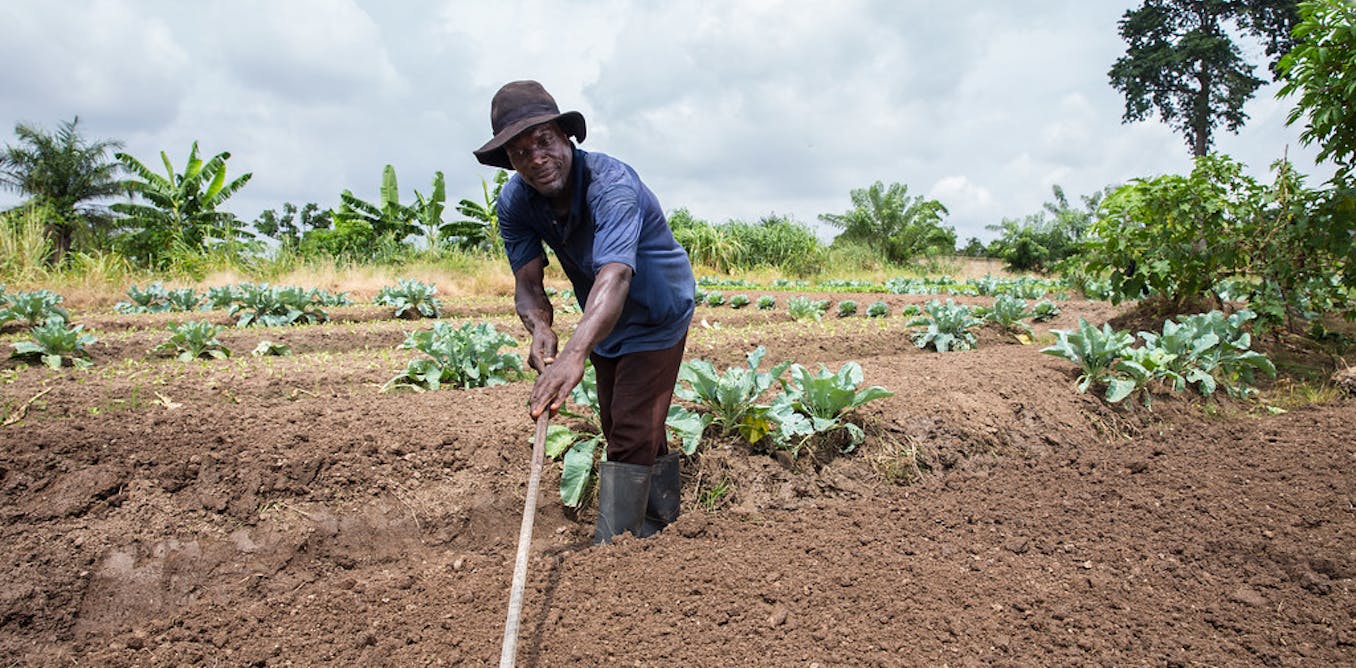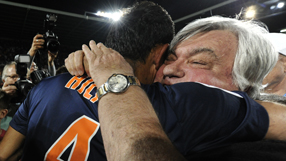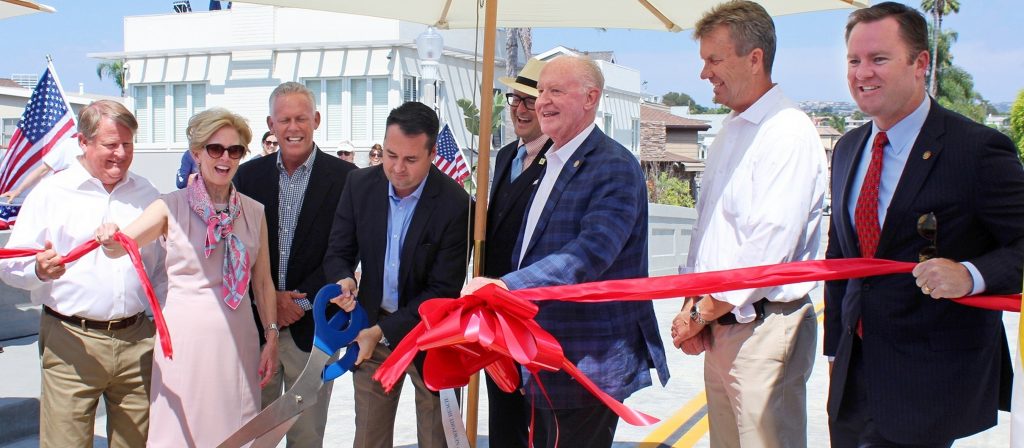
- Select a language for the TTS:
- UK English Female
- UK English Male
- US English Female
- US English Male
- Australian Female
- Australian Male
- Language selected: (auto detect) - EN
Play all audios:
Mazeikas called a few people, starting with a “Hey, how are you doing?” Sometimes the conversation took off from there. If it didn't, she’d follow with, “Let’s get together” or “Can I
drop off some homemade cookies?” Delivering cookies once led to an invitation inside and an hour-long visit. “Just a little foot in the door was all it was for me,” she adds. “But it was
hard.” Part of the difficulty came from making herself vulnerable, especially after what she had been through over the past year. In that time, Mazeikas grieved the deaths of 12 people—those
lost to the pandemic and other causes. She also became a COVID-19 “long-hauler” after contracting the virus in December 2020, suffering from daily headaches, joint and muscle pain, and
other ailments. She wondered how her outer circle would react once they discovered she’d been keeping her health and losses a secret. The good news? “None of them have made me feel awkward,”
she reports. SHOW UP FOR THE FRIENDSHIP When trying to reconnect, the more concrete the invitation, the better, says Levine. For example, ask someone whether they’re available to catch up
at a particular location at a particular time on a particular day. If your proposal doesn’t work out, don’t give up. “Your friend’s time may have gotten usurped with other responsibilities
or relationships, so if they aren't available on the spot, don't take it personally,” says Levine. “Try again at another time, or reach out to someone else.” And, if plans are
made, do your best not to cancel and ask for a rain check later, recommends Laura Whitney Sniderman, founder and CEO of Kinnd, a friendship app launching this summer. “This is your
opportunity to show up for the friendship,” she says, which starts with showing up for the agreed-upon rendezvous. Embrace any discomfort, which may happen if one of you feels upset by a
lack of communication from a friend during the pandemic. “Allow space in the conversation for grievances to be aired,” Sniderman says. “Only once these feelings have been expressed can you
move forward and rebuild.” Gary Piccirillo has put new effort into reconnecting with friends he didn’t see during the height of the pandemic. Provided by Gary Piccirillo BE OPEN AND GET
CREATIVE To protect his elderly mother from COVID-19, Gary Piccirillo, 65, of Auburn, New York, kept his inner circle small — limited to four friends — during the worst of the pandemic.
Except for social media exchanges, he effectively lost all contact with his second layer of friendships.








